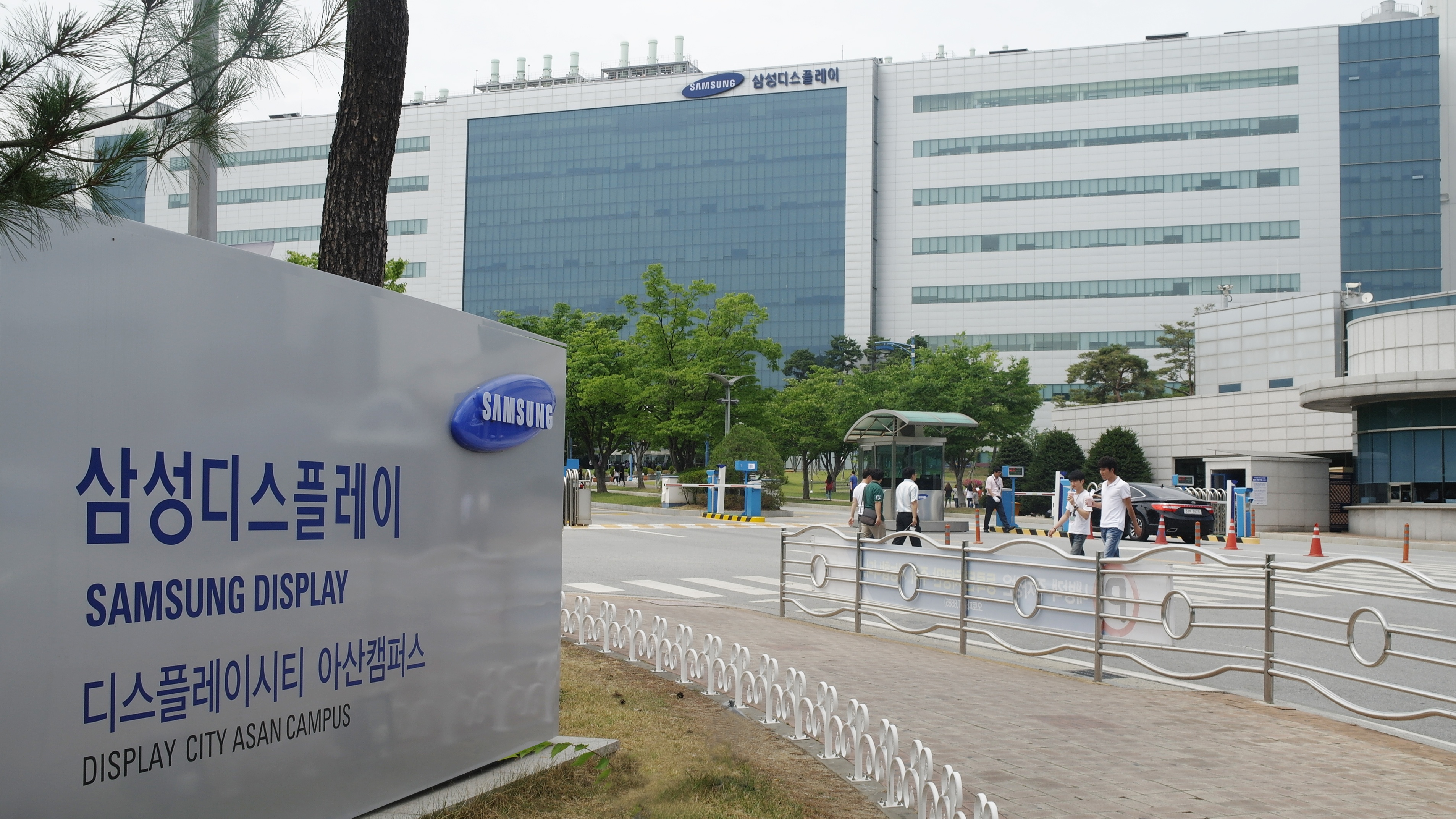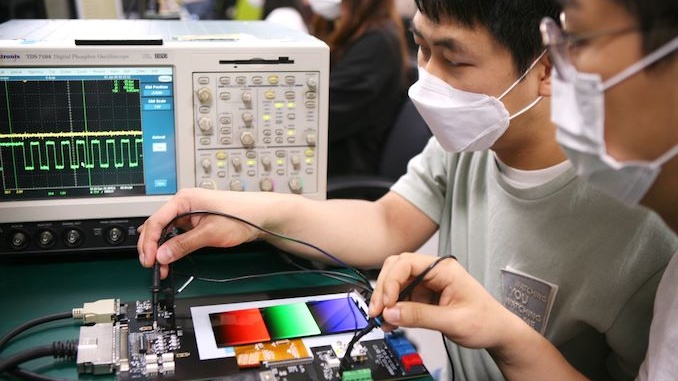Samsung Display reveals new tech for reducing smartphone power consumption
It's in Galaxy Note20 Ultra 5G

Samsung Display Company has claimed success in developing an OLED (organic light-emitting diode) panel technology that can drastically reduce smartphone power consumption.
Samsung Display said that it has commercialized the 'Adaptive Frequency' technology and is being in Galaxy Note 20 Ultra 5G.
The key to this new technology is to reduce overall power consumption by automatically adjusting the display refresh rate (frames per second) according to the usage environment. Panel drive power can be reduced by up to 22% compared to existing smartphones.
“Our Adaptive Frequency display technology is expected to considerably enhance the user experience by calibrating refresh rates in line with the requirements of a specific application and therein more precisely allocating available power. This will free up time for other smartphone operations,” said Ho-Jung Lee, Vice President of the mobile display product planning team for Samsung Display.
- Samsung Galaxy M51 Indian launch expected soon
- Samsung Galaxy M51 launch in India may be delayed - here's what we know

Can help save power in new-gen devices
According to Samsung, its power-saving technology allows the display panel to utilize variable refresh rates that consume the least possible amount of power for each type of application. The adaptive frequency technology supports a 120Hz scan rate for playing mobile games that require speedy frame changes, a 60Hz rate for movie streaming, a 30Hz rate for email correspondence, and a 10Hz rate for viewing still images or browsing social networking services.
In contrast, existing smartphone panels offer only a fixed refresh rate. They cannot automatically calibrate a phone’s refresh rate, which would result in image flickering caused by luminance differences at lower refresh rates.
In particular, when displaying still images, the new variable-rate panel has proven to consume operating power of as little as 60 percent by introducing a low-frequency refresh rate of 10Hz, while conventional panels unnecessarily waste power through the use of a consistent, fixed frequency regardless of the type of content.
Sign up for breaking news, reviews, opinion, top tech deals, and more.
"When implementing 120㎐, the power consumption increases by about 30% compared to a 60Hz panel. When using still images such as photos and SNS, the panel drive power was reduced by up to 60% compared to the previous one with a 10㎐ refresh rate,” a Samsung Display official has been quoted as saying. Samsung Display’s new backplane technology eliminates flickering for operating frequencies as low as 10Hz.
Samsung Display is the market leader in the segment, and has shipped 29.3 million flexible OLED panels for mobile in the second quarter. However, its market share dropped 63.2% from the previous 80% due to global lockdown and sluggish demand. In the third quarter, the company is expected to bounce back following shipments of panels for Apple's iPhone 12.
The new technology has the potential to improve power efficiency even beyond current 60Hz displays, which can usher in increased battery life in upcoming next-gen devices.
Source: Samsung.

Over three decades as a journalist covering current affairs, politics, sports and now technology. Former Editor of News Today, writer of humour columns across publications and a hardcore cricket and cinema enthusiast. He writes about technology trends and suggest movies and shows to watch on OTT platforms.